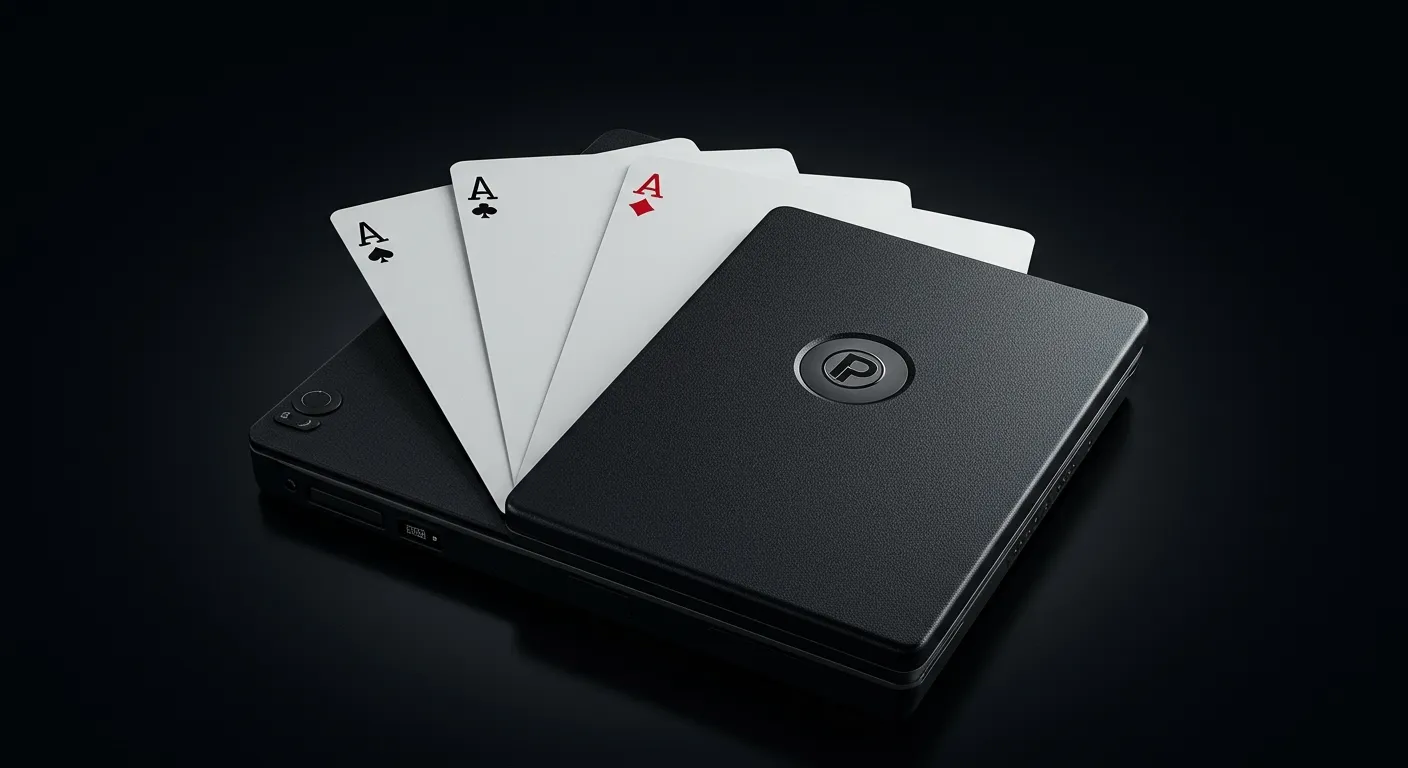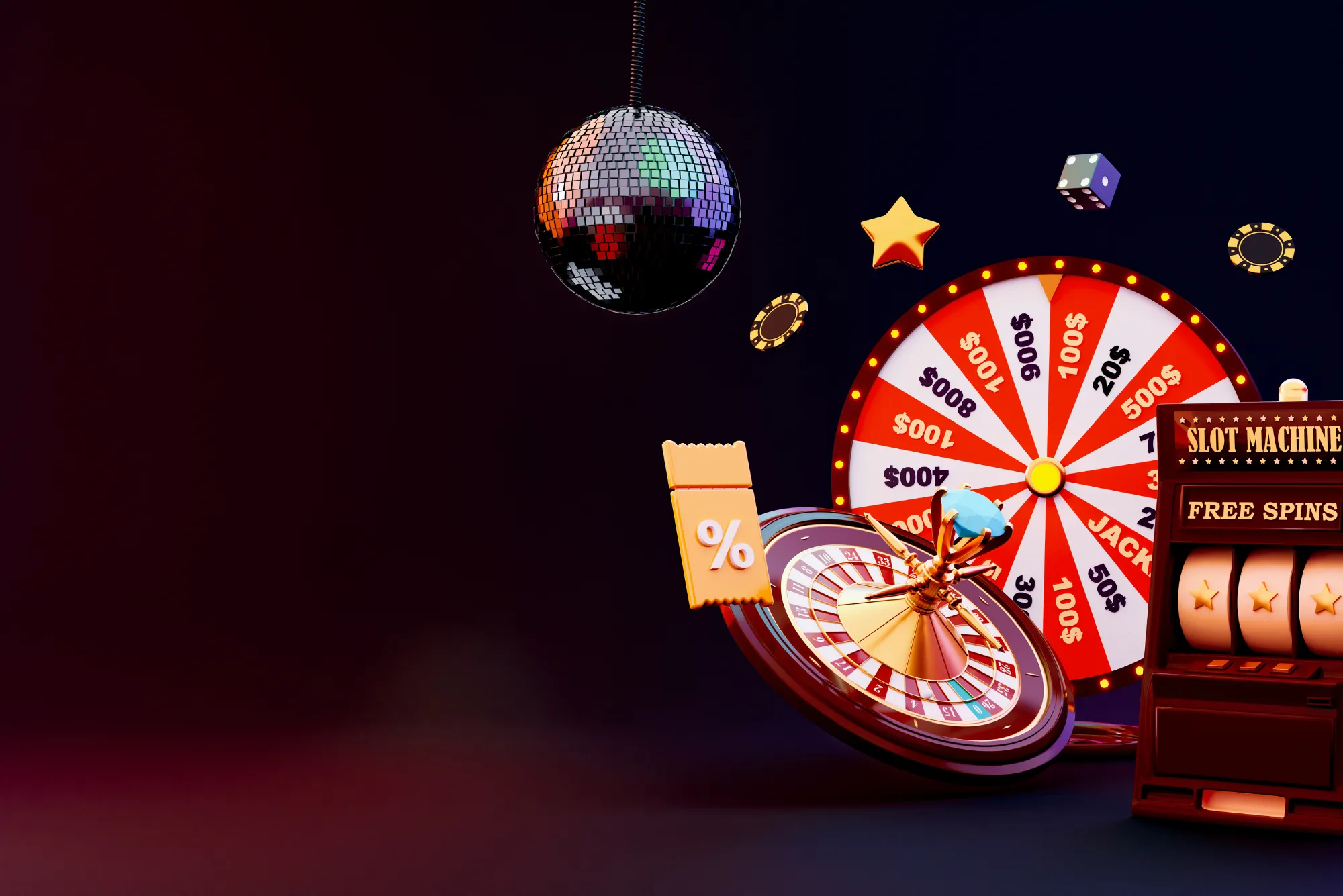Free spins are the casino world’s version of “free samples”—tasty enough to hook you, but rarely the whole meal. Over the years, I’ve claimed hundreds of them, from no-deposit dribbles of 10 spins to chunky 200-spin welcome packs. Sometimes they nudged my bankroll upward for weeks; other times they evaporated in a haze of wagering requirements and low-volatility slots. So, do free spins actually improve your long-term return on investment, or are they just short-term sugar highs that mask the true cost of play?
Let’s dig in with a practical lens, not hype. I’ll walk you through how spins are structured, how to quantify their value, and when they genuinely add to your ROI versus when they quietly drain it.
Why Free Spins Feel “Free” But Rarely Are
The psychological pull is obvious: you’re spinning without touching your cash balance. That sense of “house money” makes us more experimental, more tolerant of low wins, and often less attentive to the fine print. Casinos understand this. They’re not giving away EV-positive gifts out of kindness; they’re acquiring you as a customer and nudging your future activity.
For a while, I logged every spin pack in a spreadsheet—slot title, RTP, volatility, cap on winnings, and how long it took me to meet rollover. What shocked me wasn’t that most bonuses had strings; it was how many of those strings quietly slashed the theoretical value by 30–50% before I’d even started.
How Free Spins Are Structured (and What They Really Cost)
Most offers fall into three buckets: no-deposit freebies (tiny, high-PR grabbers), deposit-triggered spins (bigger, but ride shotgun with wagering), and loyalty or reload spins (a nudge to keep you active). The “cost” is paid in wagering requirements, max cashout caps, restricted games, or low bet caps.
Here’s where real money players in the UK need to double-check their pipeline: once you win, can you actually cash out quickly? That’s why I vet operators against fast payout casinos uk lists before I even consider a spin promo. A bonus that locks you into a week-long withdrawal queue strangles ROI because unrealized profit isn’t profit—it’s just numbers on a dashboard.
The Hidden Tax of Wagering Requirements
Let’s say you receive 50 spins worth £0.20 each on a 96% RTP slot. In pure theory, that’s £10 in average total value (50 × £0.20 × 0.96). But if winnings are bonus funds with a 35x wagering requirement, and only slots count 100%, your expected “cashable outcome” plummets. You’re going to churn those winnings through the house edge multiple times. Think of wagering as a tax rate on your bonus EV.
Measuring ROI: Short-Term Pops vs Long-Term Value
One hot session can trick you into thinking free spins are a goldmine. I once turned £4.80 from a no-deposit spin set into £312 over two weeks—great story, terrible data point. Long-term ROI means averaging outcomes over months or quarters, not cherry-picking jackpots.
The simplest formula I use:
Bonus ROI = (Cashable Winnings – Opportunity Costs) ÷ Time/Bankroll Committed
Opportunity costs include time spent grinding rollover, playing sub-optimal RTP games, or parking your money in a slow-paying cashier. Track it. The surprise comes when you realize a smaller, cleaner offer (low WR, instant cashout) beats the flashy “200 FREE SPINS!!!” headline nine times out of ten.
My Spreadsheet Method for Tracking Spins
I log four core fields: slot RTP, volatility category, total spins × value, WR multiple, and actual cash-out time. After a few offers, patterns emerge. For example, medium-volatility slots with no win cap often outperformed “explosive” Megaways titles that balloon variance and keep your balance trapped behind rollover.
You don’t need to be a math geek—just record date, offer, what you ended up cashing, and how long it took. After a month, you’ll see which casinos respect your time and which promos were more sizzle than steak.
Wagering Requirements: The Silent ROI Killer
The WR is where deals live or die. A 20x WR on winnings is very different from 35x on bonus + deposit. Some casinos count only slots at 100%, nerfing table games to 10% or even 0%. If you’re a blackjack-first player, free spins might force you to play slots you wouldn’t touch otherwise, skewing your strategy and burn rate.
I treat WR like APR on a credit card: the number tells you whether the deal is workable or a trap. Lower is almost always better, even if the headline number of spins is smaller.
Game RTP, Volatility and Bonus Weighting
Not all spins are equal. Operators often choose games with slightly lower RTP or ultra-high volatility. If the spins land on a title with 94% RTP instead of the industry standard 96%+, your EV drops immediately. High volatility may give you a better shot at a big win (good for clearing WR quickly), but also heightens the risk you’ll bust before you even start grinding.
Be wary of “eligible games” lists. If only certain titles count 100% toward wagering, your tactical freedom is limited. Savvy players pick offers where they can choose the slot themselves or where the mandated game has a published, decent RTP.
Banking Speed and ROI Realisation
ROI isn’t real until it’s in your bank or e-wallet. Casinos that process withdrawals within a few hours let you re-deploy profits or just enjoy them. Slow processors, on the other hand, inflate risk: if you get bored waiting and reverse your withdrawal, your ROI tanks. I’ve learned to treat cash-out speed as part of the EV equation—especially for bonus play where emotion and impatience run high.
When Free Spins Actually Help
They shine in two scenarios. First, bankroll building: if you’re starting small, a cluster of low-WR, no-deposit spins can give you enough runway to play your core strategy. Second, trial periods: I use spins to test a new casino’s UX, support responsiveness, and—crucially—cashier speed without committing large deposits.
I once joined a new operator with 75 spins on Book of Dead, 10x WR on winnings, and no max cashout. I cashed £76 after a day, requested a withdrawal, and had it in my Skrill within two hours. That operator went straight into my rotation, not because of the spins themselves, but because the entire experience screamed “we respect your time.”
When They Hurt (Common Pitfalls)
The two killer pitfalls are unrealistic wagering and low max-cashout caps. I’ve seen “win up to £100 from spins” deals where you must wager 50x—but the slot has high volatility. You either hit nothing and chalk it up to “meh, they were free,” or you spike a win and then grind forever, usually giving a chunk back.
Another subtle trap is bet size restrictions during WR. If you’re capped at £2 per spin while doing 35x on £100 bonus funds, that’s 1,750 spins minimum. Even at 6 seconds per spin, you’re staring at nearly 3 hours of clicking. Time is money, and sanity is priceless.
Building a Sustainable Bonus Strategy
I treat spins as seasoning, not the main dish. My long-term ROI comes from controlled base play on games with known RTP and variance that match my tolerance. Free spins are periodic boosts—sparingly accepted, carefully executed. I keep a shortlist of casinos with transparent terms, quick KYC, and documented fast payouts, and I rotate offers rather than chasing every “exclusive drop” in my inbox.
H3: Set Rules Before You Claim
I write down three questions before clicking “accept”:
-
What’s the total WR in currency, not just multiples?
-
How fast and how reliably can I cash out?
-
Does the slot choice and bet cap align with my variance comfort?
If any answer is fuzzy or annoying, I skip it. There will always be another bonus.
Final Verdict: Tool, Not Strategy
Free spins can boost long-term ROI—but only as part of a disciplined framework. They’re not a perpetual motion machine. Use them to stretch bankroll, test platforms, or add variety. But measure them like an investor, not a kid in a candy shop.
Over months, the offers that make sense will float to the top: low WR, transparent terms, games you’d play anyway, and cashiers that pay you fast. Everything else is noise designed to keep you spinning long after the EV has flipped against you.








